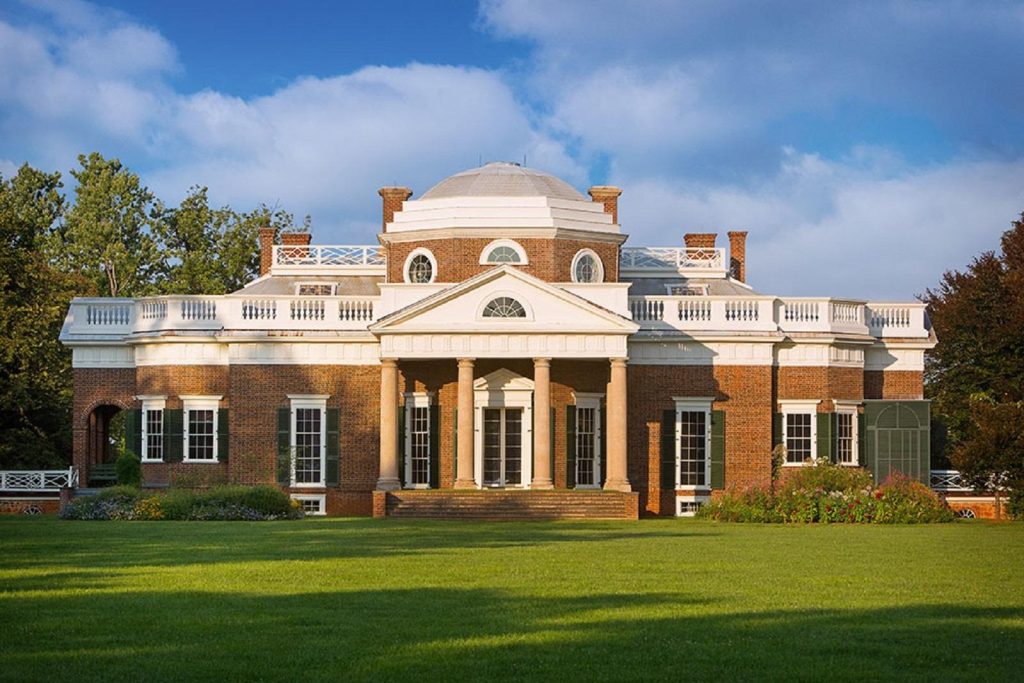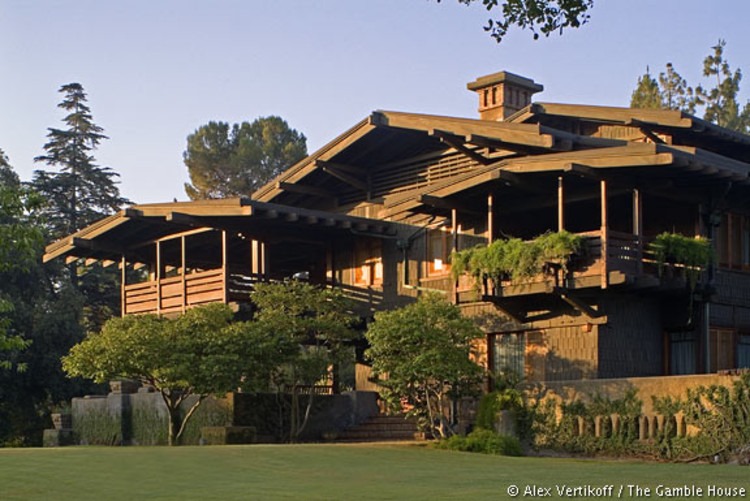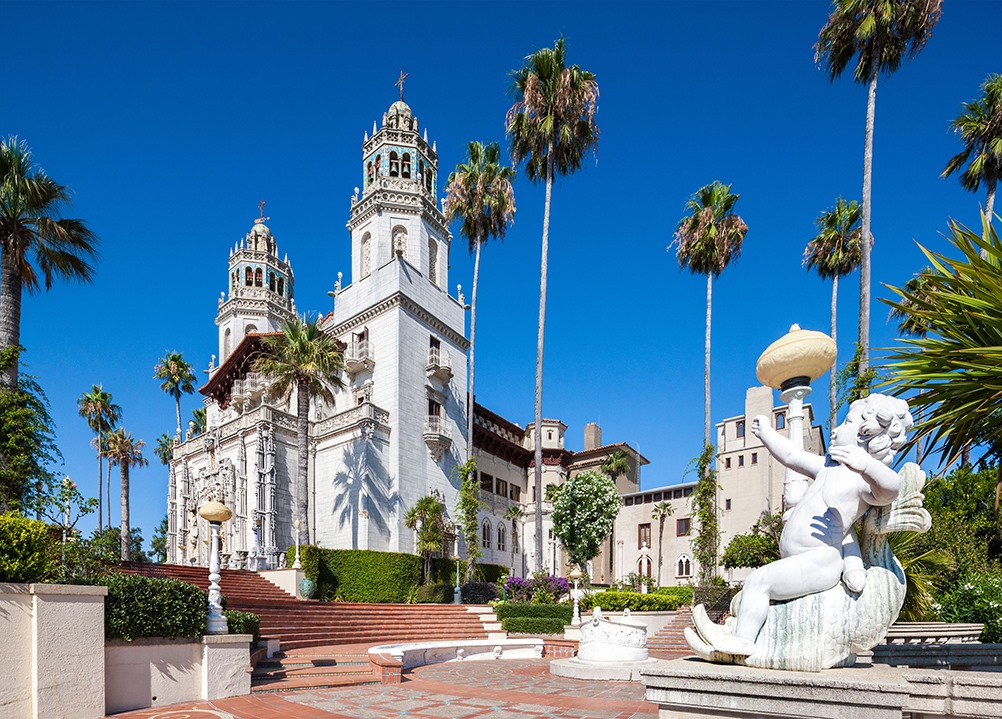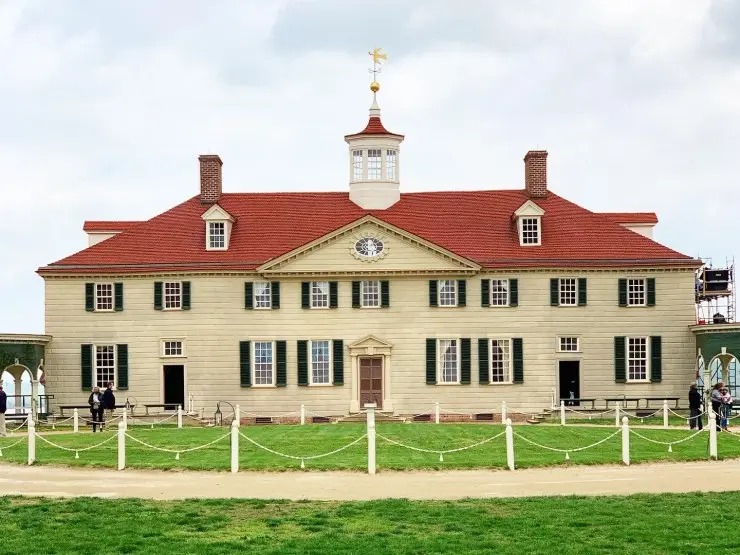
Historic and Heritage Homes: Dive into the history and stories behind well-preserved historic homes and their significance.
Langston Hughes House (New York)
The Langston Hughes House, located in New York City, holds significant historical and cultural importance. Langston Hughes, a prominent figure in the Harlem Renaissance, was an influential poet, novelist, playwright, and social activist. The house where he once lived is a testament to his legacy. Here are some facts about the Langston Hughes House:
- Location: The Langston Hughes House is located at 20 East 127th Street in Harlem, New York City. It’s situated within the vibrant neighborhood that played a pivotal role in the Harlem Renaissance, a cultural movement celebrating African American arts and literature.
- Historical Significance: Langston Hughes, one of the most renowned figures of the Harlem Renaissance, resided in this house from 1947 until his passing in 1967. During his time there, he created some of his most celebrated works, including poems, plays, essays, and novels that addressed issues of race, identity, and social justice.
- Harlem Renaissance: The Harlem Renaissance was a flourishing period of African American artistic and intellectual achievement during the 1920s and 1930s. Langston Hughes, along with other artists and writers, contributed to the movement’s literary and cultural impact.
- Preservation Efforts: Over the years, there have been efforts to preserve the Langston Hughes House as a historical landmark. It holds a significant place in African American history and serves as a reminder of Hughes’ lasting contributions to literature and social progress.
- Campaign for Preservation: The house’s preservation was a subject of concern due to its potential demolition. Various organizations and advocates worked to protect the house and maintain its cultural importance.
- Historical Landmark Designation: In 1981, the Langston Hughes House was designated a New York City Landmark. This recognition reflects its significance in the cultural and literary heritage of the city.
- Community Impact: The Langston Hughes House remains an inspiration to writers, artists, scholars, and activists who recognize its connection to the Harlem Renaissance and its influence on African American culture.
- Cultural Legacy: Langston Hughes’ work continues to resonate with audiences worldwide. His poetry and writings address universal themes of identity, human experience, and the pursuit of equality.
- Cultural Programming: The Langston Hughes House has been a site for various cultural events, readings, and discussions related to African American literature, social justice, and the Harlem Renaissance.
- Cultural Heritage Preservation: The preservation of the Langston Hughes House serves as a testament to the importance of safeguarding historical and cultural landmarks that hold significance in shaping American literary and cultural heritage.
Monticello (Charlottesville, Virginia)
Monticello, located near Charlottesville, Virginia, is the historic plantation and former residence of Thomas Jefferson, the third President of the United States and the principal author of the Declaration of Independence. It is recognized as a UNESCO World Heritage Site and an iconic symbol of American history. Here are some facts about Monticello:
- Location: Monticello is situated on a mountaintop overlooking Charlottesville, Virginia. The name “Monticello” means “little mountain” in Italian, reflecting its elevated location.
- Design and Architecture: Thomas Jefferson was deeply involved in the design and construction of Monticello. The house showcases neoclassical architecture and reflects Jefferson’s architectural innovations, including elements like the octagonal dome and the use of natural light.
- Plantation and Gardens: Monticello was not only a house but also a working plantation. It featured various agricultural endeavors, including crops like tobacco and wheat, as well as a productive garden with a wide variety of plants and vegetables.
- Hemings Family Connection: Sally Hemings, an enslaved woman owned by Jefferson, is believed to have had a significant relationship with him and bore several of his children. Monticello’s efforts to provide a more comprehensive understanding of its history include acknowledging the Hemings family’s contributions and experiences.
- Educational Initiatives: Monticello serves as an educational center, offering tours, exhibitions, and programs that provide insights into Jefferson’s life, his role in American history, and the complex issues of slavery and its legacy.
- Historic Significance: Monticello is designated as a National Historic Landmark and is recognized as a UNESCO World Heritage Site for its architectural and historical significance.
- Preservation Efforts: The Thomas Jefferson Foundation has been dedicated to preserving Monticello and its historical integrity, while also ensuring a comprehensive representation of its history, including the experiences of enslaved individuals.
- Unique Features: The house boasts unique features like the rotating bookstand, the Great Clock, and an early version of the dumbwaiter. Jefferson’s curiosity and innovative thinking are evident throughout the property.
- Gardens and Landscape: The grounds of Monticello include meticulously designed gardens, terraced landscapes, and beautiful views of the surrounding countryside. Jefferson’s passion for horticulture is reflected in the diversity of plants and their arrangement.
- Visiting Monticello: Monticello is open to the public for tours, educational programs, and events. Visitors can explore the house, gardens, and exhibitions to gain insights into Jefferson’s life, his contributions to American history, and the broader context of his era.
Monticello stands as a tribute to Thomas Jefferson’s intellectual pursuits, architectural vision, and complex role in shaping American democracy. Its historical significance and educational efforts continue to make it a destination for visitors seeking to understand the rich tapestry of American history and its challenges.
Gamble House (Pasadena, California)
The Gamble House in Pasadena, California, is a renowned architectural masterpiece and a prime example of American Arts and Crafts architecture. Designed by the architects Charles and Henry Greene, the Gamble House is celebrated for its intricate craftsmanship, beautiful design, and historical significance. Here are some facts about the Gamble House:
- Architectural Style: The Gamble House is a prime example of the Arts and Crafts architectural style, which emerged in the late 19th and early 20th centuries as a reaction to industrialization. This style emphasizes craftsmanship, attention to detail, and a connection to nature.
- Location: The Gamble House is located in Pasadena, California, and is situated in the heart of a residential neighborhood. The address is 4 Westmoreland Place.
- Commissioned by the Gambles: The house was commissioned by David and Mary Gamble, members of the Procter & Gamble company family. They wanted a winter residence in Pasadena that incorporated the Arts and Crafts philosophy.
- Architectural Features: The Gamble House features a combination of Asian and Craftsman design elements. It is characterized by its extensive use of wood, exposed joinery, gabled roofs, and broad eaves.
- Craftsmanship: The intricate woodwork and attention to detail in the Gamble House are a testament to the Greene brothers’ dedication to craftsmanship. Many of the details, from the furniture to the light fixtures, were custom-designed for the house.
- Japanese Influence: The Gamble House incorporates Japanese design elements, such as shoji screens, into its architecture. This influence is particularly evident in the use of horizontal lines and open floor plans.
- National Historic Landmark: The Gamble House was designated a National Historic Landmark in 1978 in recognition of its architectural significance and contribution to the Arts and Crafts movement.
- Public Tours: The Gamble House offers guided tours to the public, providing an opportunity to explore the interior, learn about the architecture, and appreciate the craftsmanship firsthand.
- Educational Center: In addition to tours, the Gamble House serves as an educational center that offers workshops, lectures, and programs related to architecture, design, and the Arts and Crafts movement.
- Cultural Legacy: The Gamble House continues to inspire architects, designers, and enthusiasts interested in historic architecture and craftsmanship. It is a living example of the Arts and Crafts philosophy and a testament to the lasting impact of thoughtful design.
The Gamble House stands as a treasure in architectural history, embodying the values of craftsmanship, aesthetics, and a harmonious relationship with the environment. Its preservation and educational efforts ensure that its legacy continues to inspire generations to come.
Hearst Castle
Hearst Castle, officially known as Hearst San Simeon State Historical Monument, is a grand estate located on the Central Coast of California, USA. It is renowned for its opulent architecture, remarkable art collection, and the vision of its creator, media magnate William Randolph Hearst. Here are some fascinating facts about Hearst Castle:
- Location: Hearst Castle is situated atop a hill overlooking the town of San Simeon, California. The address is 750 Hearst Castle Road.
- Founder: The estate was designed by architect Julia Morgan and commissioned by William Randolph Hearst, a prominent newspaper publisher and media mogul. Construction began in 1919 and continued for decades.
- Architectural Styles: Hearst Castle features a blend of architectural styles, including Mediterranean Revival and Spanish Colonial Revival influences. The estate comprises a collection of guesthouses, cottages, and grand halls.
- Grand Design: The main mansion, known as Casa Grande, is an extravagant masterpiece that boasts 165 rooms, including 38 bedrooms, 42 bathrooms, and multiple living and entertaining spaces.
- Art and Antiques: Hearst Castle’s interiors are adorned with a vast collection of art, antiques, and artifacts sourced from Europe and around the world. The estate showcases sculptures, paintings, tapestries, and rare furniture pieces.
- Outdoor Pools: One of the most iconic features of Hearst Castle is its outdoor Neptune Pool, which is surrounded by sculptures and offers panoramic views of the surrounding landscape. The Roman Pool, an indoor pool adorned with intricate tilework, is equally breathtaking.
- Zoo: Hearst Castle once had its own private zoo with exotic animals, including lions, elephants, and bears. The zoo is no longer operational, but remnants of the animal enclosures can still be seen.
- Hollywood Connections: Hearst Castle was a popular destination for Hollywood celebrities during the 1920s and 1930s. William Randolph Hearst often hosted lavish parties that attracted notable guests from the entertainment industry.
- National Historic Landmark: In 1976, Hearst Castle was designated a National Historic Landmark in recognition of its architectural and historical significance.
- State Park: Today, Hearst Castle is managed by the California State Parks system and is open to the public for guided tours. Visitors can explore the luxurious interiors, lush gardens, and learn about the history of the estate and its colorful owner.
- “Citizen Kane” Inspiration: The film “Citizen Kane,” often considered one of the greatest movies in cinematic history, was partly inspired by the life and career of William Randolph Hearst, including elements of his extravagant lifestyle and his media empire.
Hearst Castle stands as a testament to the grandeur and vision of its creator and provides a glimpse into the opulent lifestyles of the early 20th century elite. Its architectural splendor, art collection, and historical significance continue to captivate visitors from around the world.
Mount Vernon
Mount Vernon is the historic plantation home of George Washington, the first President of the United States and a key figure in American history. Located along the Potomac River in Virginia, Mount Vernon offers insights into Washington’s life, legacy, and the colonial era. Here are some interesting facts about Mount Vernon:
- Location: Mount Vernon is situated in Fairfax County, Virginia, about 15 miles south of Washington, D.C. The address is 3200 Mount Vernon Memorial Highway.
- Historical Significance: Mount Vernon was George Washington’s beloved home and is considered one of the most iconic and well-preserved historic estates in the United States.
- Architectural Styles: The mansion’s architecture is a blend of Georgian and Palladian styles. Over the years, Washington expanded and renovated the house to accommodate his family and changing needs.
- Gardens and Landscape: Mount Vernon boasts beautifully landscaped gardens, including the Upper Garden, Lower Garden, and the Four Seasons Garden. The estate’s grounds offer stunning views of the Potomac River.
- Preservation: The Mount Vernon Ladies’ Association, a private, non-profit organization, has owned and maintained Mount Vernon since 1858. Their efforts have ensured the preservation of the estate’s historical and cultural significance.
- Mansion Tour: Visitors can explore the mansion’s interior, which has been carefully restored to reflect the style and furnishings of Washington’s time. The guided tour provides insights into his daily life and achievements.
- Historical Museum: The Donald W. Reynolds Museum and Education Center on the estate’s grounds features exhibits and artifacts related to George Washington’s life, military career, and leadership.
- Slave Quarters: Mount Vernon includes a reconstructed slave cabin complex known as the “George Washington’s Slave Quarters Site.” This area provides information about the lives of the enslaved individuals who lived and worked on the estate.
- Education and Events: Mount Vernon offers educational programs, workshops, and special events that provide visitors with a deeper understanding of Washington’s contributions and the colonial era.
- Resting Place: George Washington and his wife, Martha, are buried at Mount Vernon in a tomb located on the property. The tomb is a place of reverence for visitors paying their respects to the nation’s first president.
- National Historic Landmark: Mount Vernon was designated a National Historic Landmark in 1960 due to its historical, architectural, and cultural significance.
- Views and Vistas: The estate’s strategic location along the Potomac River offers breathtaking views and vistas, showcasing Washington’s appreciation for the natural beauty of the land.
Mount Vernon stands as a window into the life of George Washington and the founding era of the United States. Its preservation and educational efforts ensure that visitors from around the world can gain a deeper appreciation for the man who played a pivotal role in shaping American history.




